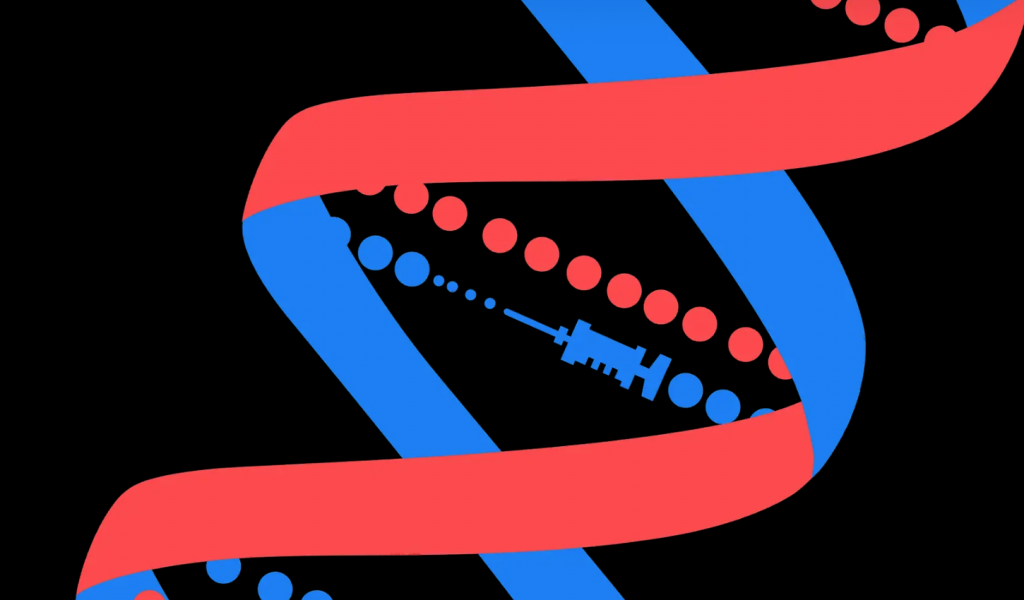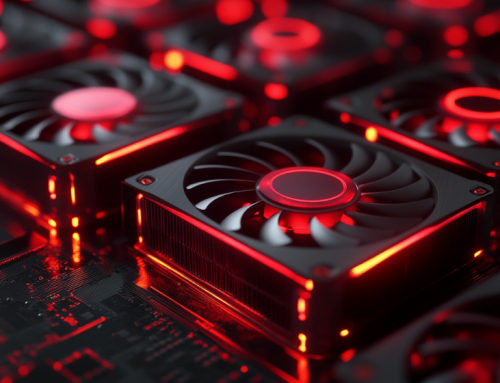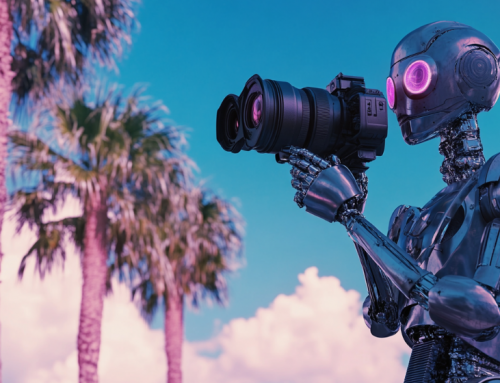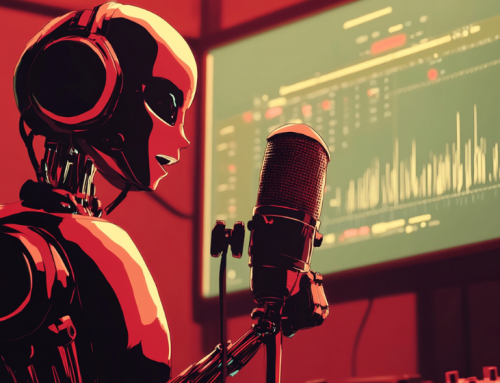
CRISPR gene-editing to lower cholesterol and to make pig organs available for transplant are two of the advances experimented with last year by medical researchers. (Source: TechnologyReview.com DNA image)
AI Technologies Surge to Top 2 on MIT’s Breakthrough Technology List
The breakthrough technologies of 2022 range from chip technology to battery technology, but it’s no surprise that the experts at Massachusetts Institute of Technology’s AI division ranked two advances in AI at the top of the list. Another listing, “Organs on Demand,” also involves AI advances.
The full list, in order of importance, includes: CRISPR for High Cholesterol; AI Image-making; RISC-V Computer Chips; Mass Market Military Drones; Abortion Pills Via Telemedicine; Organs on Demand; Electric Vehicles; James Webb Space Telescope; Ancient DNA Analysis; Battery Recycling.
1. CRISPR for High Cholesterol
The gene-editing technology is in clinical trials to treat conditions such as high cholesterol. It could be a game-changer—but not for another 10 to 15 years for the majority of patients. The story highlights how a New Zealand woman with heart problems and high cholesterol got an experimental treatment to permanently lower her cholesterol—which worked.
“The cholesterol-lowering treatment, developed by Verve Therapeutics, relies on a form of gene editing called base editing, or ‘CRISPR 2.0.’ It’s a more targeted approach—instead of simply making cuts to shut off specific genes, scientists can now swap a single DNA base for another. In theory, this should be safer because you’re less likely to cut an important gene by mistake, and you can avoid potential errors that may occur when DNA repairs itself after being cut.”
The tech may enable people to add genes to their DNA to protect against high blood pressure and certain diseases.
2. AI Makes Images
DALL-E 2 was the great leap forward last April. It drew images in a few minutes based on typed-in requests. Now other image generators can create art or photo images within seconds with more advanced versions that use scraped art from the internet. technologyreview.com asserted that the introduction of Stable Diffusion, a free service using scraped internet images, accelerated the general and commercial use of AI art and images.
“By making text-to-image models accessible to all, Stability AI poured fuel on what was already an inferno of creativity and innovation. Millions of people have created tens of millions of images in just a few months. But there are problems, too. Artists are caught in the middle of one of the biggest upheavals in a decade. And, just like language models, text-to-image generators can amplify the biased and toxic associations buried in training data scraped from the internet.”
Google and Meta are also taking advantage of the technology for their own image generators.
3. RISC-V Computer Chips
This isn’t AI per se, but the chips can be used to operate algorithms. The nonprofit RISC-V International designs norms for computer chips and makes them flexible for use according to the instruction set. Its simplest design has “just 47 instructions,” according to the story, with far more complex options. Intel set up a $1 billion fund that supports companies building RISC-V chips, which are already being used in earbuds, hard drives, and AI processors, with 10 billion cores already shipped. RISC-V chips will be everywhere in a few years, according to the story.
6. Organs on Demand
A gene-edited pig’s heart kept a man alive last year, which succeeded for a short period, but a virus in the heart led to his death. Researchers, however, believe that CRISPR-editing organs from animals could be a viable solution for transplants soon. Also, efforts are being made to 3D-print organs.
“In the future, organ engineering might not involve animals at all. Researchers are in the early stages of exploring how to engineer complex tissue from the ground up. Some are 3D-printing scaffolds in the shape of lungs. Others are cultivating blob-like ‘organoids’ from stem cells to imitate specific organs. In the long term, researchers hope to grow custom organs in factories.”
AI advances are still in the early stages for many of these technologies, but as soon as this year, it will again more forward exponentially, leading to exciting possibilities in medical and other advances.
read more at technologyreview.com







Leave A Comment